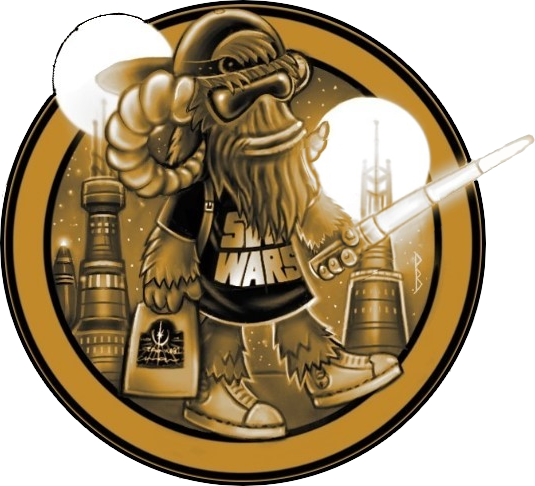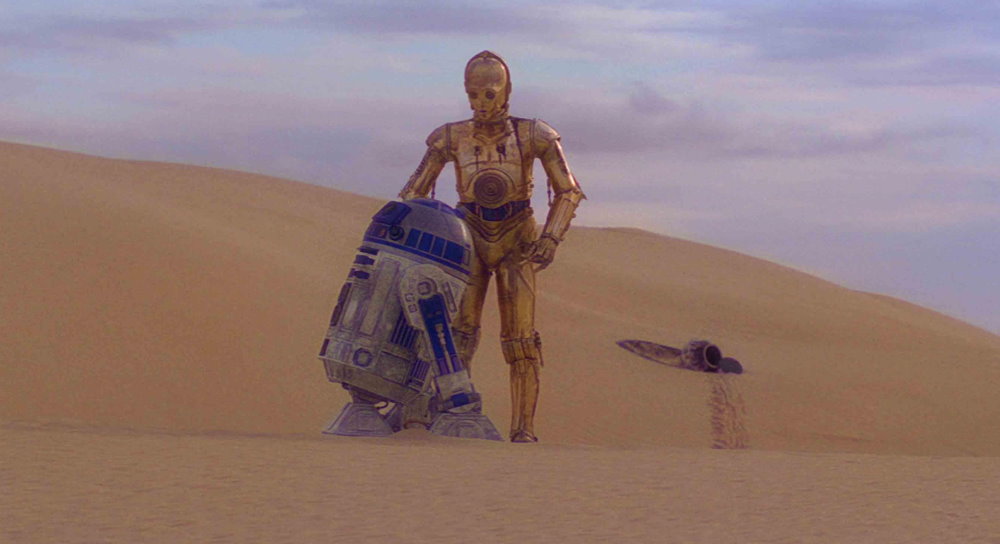Honoured this past Wednesday at the Locarno Film Festival with the prestigeous Vision Award Ticinomoda, 12-time Oscar nominated sound designer (and living legend) Ben Burtt sat down with The Hollywood Reporter to delve into his peerless career, a soundboard of achievements that served up an landscape of audio that perfectly complimented the mindblowing visuals delivered onscreen. From the easter egg usage of the Wilhelm scream to the creation of the menacing breathing of Darth Vader, he delves into every element of his journey, and here Burtt discusses the creation of R2-D2 and the decisions made in giving the fiesty astromech a voice.
THR: What was the turning point with R2-D2?
BB: Well, I was trying out a lot of synthesizers and noise-making devices, squeaky hinges, say, moving them around, to make it sound like a language. It wasn’t working. George and I would be vocalizing the sounds to each other that we wanted to hear, like “bleep-bleep, bloop” — like little kids making funny noises, and it occurred simultaneously to us both: “Why don’t we build on that idea, actually include a human performance in the sound?”
First, we thought babies would work and I recorded all kinds of vocals from children, cooing, babbling, etc. But it’s very hard getting a performance out of a baby. I ended up just doing it myself, in combination with a synthesizer, a keyboard. I combined that with my own voice, so about 50 percent was me trying to sound electronic and the other half was the synthesizer trying to sound human-like, and it was blending the two together. I ended up with a series of expressive sounds, to indicate what R2-D2 was thinking at any moment. Because there was a human performance in it, you had a sense of R2 being alive, being sentient, having some sort of soul. That was the key, injecting the human element, but disguising it so it didn’t just sound like someone impersonating a robot.
It wasn’t until a test screening of the film that we knew it worked. The movie starts with two robots talking to each other. It’s just C-3PO and R2-D2 making beeps and boops. It’s a lot to expect for the audience to get that but, fortunately, they did. And we realized that we were on the right track with the robot language.
THR: It’s really incredible to see, watching Star Wars again, how little of those invented languages, R2-D2’s language, Chewbacca’s language, the Ewoks, is ever translated.
BB: George’s intention from the beginning was to not have any subtitling. A lot of times, C-3PO translates what R2-D2 is saying, but for the rest of it, you can infer the meaning because of our universal understanding of non-word expressive sounds. We worked really hard to get those expressive sounds in there. So when R2-D2 makes a rude sound, you know he’s cursing, that he’s frustrated. He can be cute, he can be innocent. And that was important to us — that he was like this little five-year-old in the midst of all this warfare and traveling through the desert, whatever. It’s hard to go back and describe how we were imagining it because we didn’t know, or think we’d be talking about it 50 years later.
- Hardcover Book
- Bende, S.T. (Author)
- English (Publication Language)
- 208 Pages - 11/05/2024 (Publication Date) - Insight Editions (Publisher)



